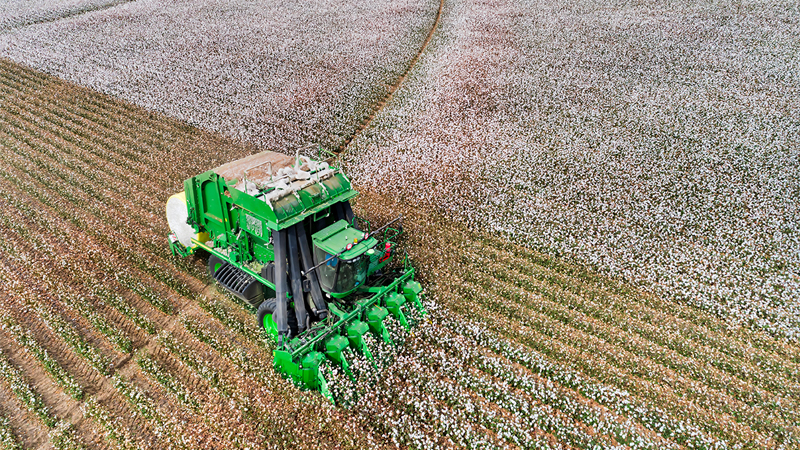Supima Targets Growth In Asia, Brazil And The U.K.
Soft economies put a lot of pressure on consumers’ discretionary income, particularly for higher-end and luxury goods – such as textile products made from extra-long staple (ELS) cotton. Throw constant pressure from food crops and the ongoing market share battle against synthetics into the mix, and the result is a constantly shifting market for ELS.
To get an insider’s view of how ELS is faring and what the future holds for brands based on high-end cotton products, Cotton International sought out Jesse Curlee, Supima’s president. The company’s mission is to increase the consumption of American pima cotton – either generic American pima or through the Supima label.
Given the massive pressure cotton is under from food crops and synthetic fibers, demand creation for cotton is more critical than it’s ever been before. What are the demand creation initiatives Supima is currently working on?
We are working with a number of brands and retailers and do some consumer advertising mainly in the United States. It helps to have a big retailer or brand that is also not just going to use the Supima name on their product, but will actively advertise and promote Supima to thousands of their best customers. We at Supima work for the growers but we license everyone in the supply chain, from the spinner to the retailer.
How is demand creation different for ELS than for upland cotton? Is marketing ELS in the United States different from marketing it overseas?
About 95% of our raw cotton is sold overseas because Asia is where the manufacturers are. But the great majority of products made from pima – as much as 75% – are sold in the United States. But that doesn’t mean we’re not working to develop other markets, particularly in the United Kingdom, where we have a number of retail stores that are using Supima cotton, such as Marks & Spencer, John Lewis, Debenhams, and House of Fraser. We’re generating interest in China and India because of the number of people there who are able to buy better higher-end goods.
What regions of the world are increasing in importance for ELS demand creation? Are the growing middle classes in China and India having an impact on the ELS market?
We’ve been spending a lot of time in India recently, where our associates met with a lot of different brands and even some retailers. There’s a lot of interest there, but right now the emphasis is on China. Those are our two main markets, and we’ve also been looking at some opportunities in Brazil.
How will the global market for ELS be different 5-10 years from now than it is today?
There are skeptics who say cotton won’t be as important but I don’t believe that. People have been saying that for 30 years! Improving economies help drive demand for high-quality textile products and I think demand in the future will be as strong or stronger in the future than it is today. Premium cotton certainly has a place in the future.
Any other comments?
Competition from food crops is a major concern, particularly for high-end cotton, because only three countries produce 90% of the world’s ELS – the United States, Egypt and China – and all three are facing problems. Egypt faces more and more pressure due to food prices. In the United States, we’re facing the same thing. Nearly 95% of American Pima cotton is grown in California, which also produces hundreds of other crops: grapes, tomatoes, tomatoes for paste, almonds and pistachios, etc. Many of those crops are more profitable than cotton, so food crops are giving cotton a hard time – particularly extra-long staple cotton. It’s tough now but the future remains bright.








